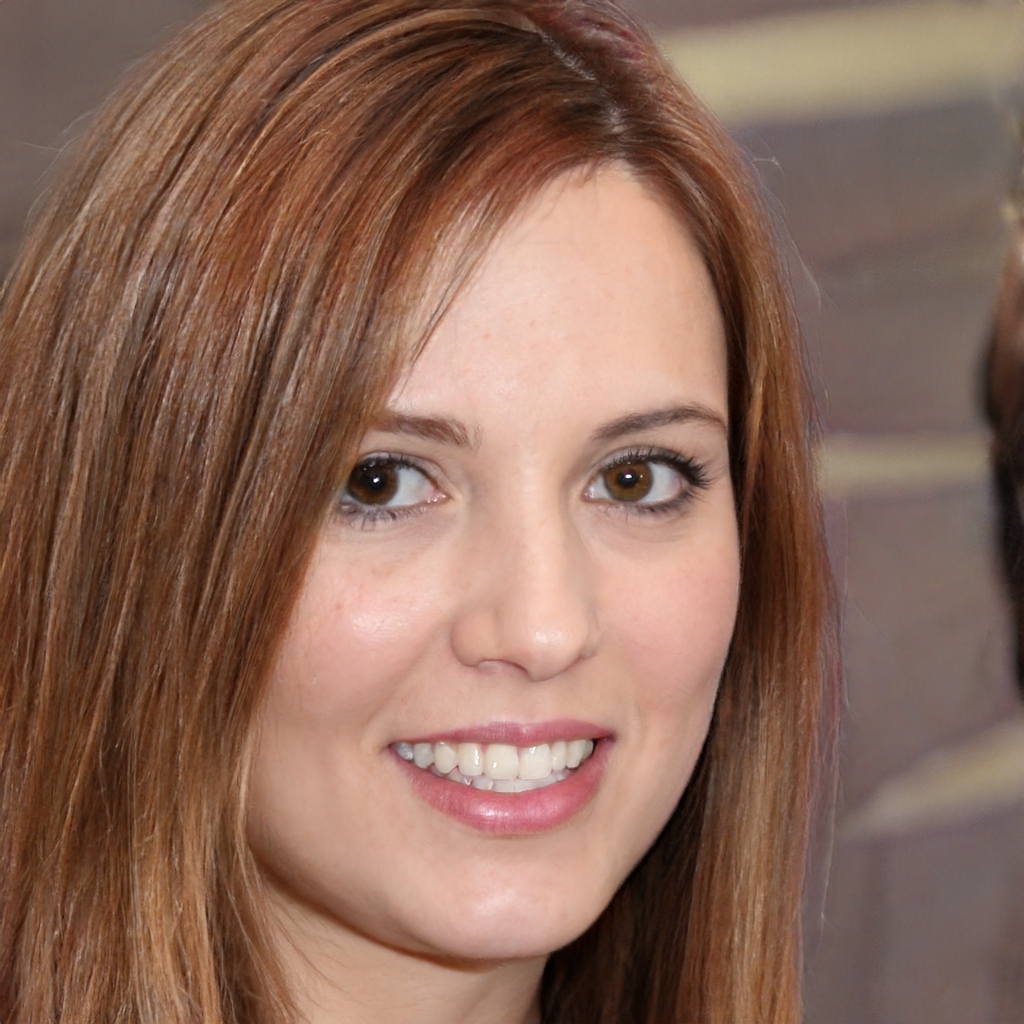Rumors about the camera of the next Apple iPhone 13 are becoming more and more insistent: it will allow incredible shots even in the dark
The iPhone 12 arrived a few months ago on the market and Apple is already projected in the development of the successor iPhone 13. The first rumors speak of a top-of-the-line camera with an ultra-wide-angle lens with f/1.8 aperture that will allow perfect shots even in conditions of very little light.
The rumor about the camera of the next iPhone comes from analysts Blayne Curtis and Thomas O'Malley of the British international bank Barclays. According to the two analysts, the next four iPhone 13 models will feature a much wider camera lens aperture to their predecessors, which currently feature an f/2.4 aperture. Even analyst Ming-Chi Kuo of TF International Securities, always very well-informed about the Cupertino company's news, had spoken of an iPhone 13 camera with f/1.8 aperture, at least for the Pro models.
iPhone 13: a camera for incredible shots
If the camera rumors are confirmed, the wider aperture will allow more light to pass through, so you can get bright and sharp shots even in low light. The performance of the ultra wide-angle sensor will therefore be great for perfect shots.
As for the other features, Apple may decide to keep the same display size and camera configurations for the iPhone 13 models. Analysts thus expect two 5.4-inch and 6.1-inch models with dual-lens camera compartment, and two 6.1-inch and 6.7-inch models with triple configuration camera compartment.
Iphone 13 camera with f/1.8: for which models it comes
Although iPhone 13 rumors are conflicting on how many of the upcoming models will feature a powerful camera, what seems certain is that an evolution will be there. According to Kuo, the f/1.8 aperture will come first for the Pro models and then only come with the rest of the iPhone lineup starting in the second half of 2022.
iPhone 13: the other hypotheses
Among other new features that could characterize the new iPhone 13, some rumors talk about a reduced notch and a LiDAR scanner that will be extended to the entire iPhone lineup. Sensor-shift image stabilization could also arrive on several models. One of the hypotheses circulating on the network, then, also speaks of the return of the biometric authentication system, through a solution "in display" and based on Touch ID.
